Week #8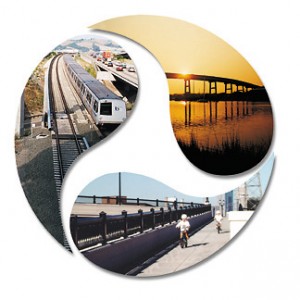
Our employer customers perform drug tests for a variety of reasons. But there is a segment of employers who perform drug testing because they are required to do so. We call this Department of Transportation (DOT) drug testing.
In last week’s article, I pointed out how the DOT establishes the rules and regulations for all transportation workers and requires that all safety-sensitive employees be tested for drugs of abuse. Under the DOT, there are a number of operating agencies whose mission it is to ensure the safety of the transportation system in the United States. These include:
- Federal Aviation Administration (FAA)
- Federal Motor Carrier Safety Administration (FMCSA)
- Federal Railroad Administration (FRA)
- Federal Transit Administration (FTA)
- Pipeline and Hazardous Materials Safety Administration (PHMSA)
Any transportation worker, classified as “safety-sensitive”, is subject to drug and alcohol testing. Some of these safety-sensitive positions include: truck, train and bus drivers, drivers transporting hazardous materials, airline pilots, and flight attendants. All safety-sensitive transportation workers are required to have a drug test for:
- Pre-Employment
- Random (45% of federally mandated tests are random, according to the DTI)
- Reasonable Suspicion
- Post-Accident
- Follow-Up Testing
Only laboratories certified by the Substance Abuse Mental Health Services Administration (SAMHSA) can test DOT specimens for drugs of abuse. Quest Diagnostics owns four of these laboratories located in Kansas, Pennsylvania, California, and Georgia.
For more information about drug testing, visit our website.
As a new employee at Quest Diagnostics, there’s hardly a day that goes by that I don’t learn something new about the world of drug testing. Like some of you, I have a lot to learn about the industry. During my first year of employment, I’m going to write this weekly column highlighting drug testing procedures, products and processes as I discover them. To learn more about my journey, you can read my introductory post.

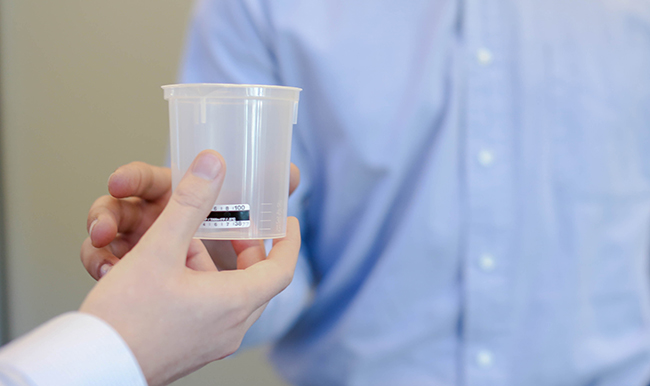
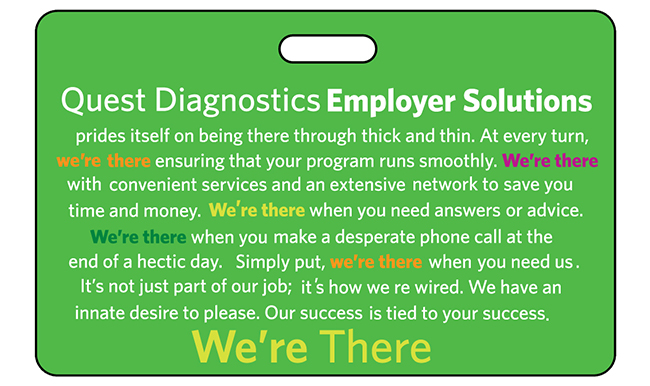



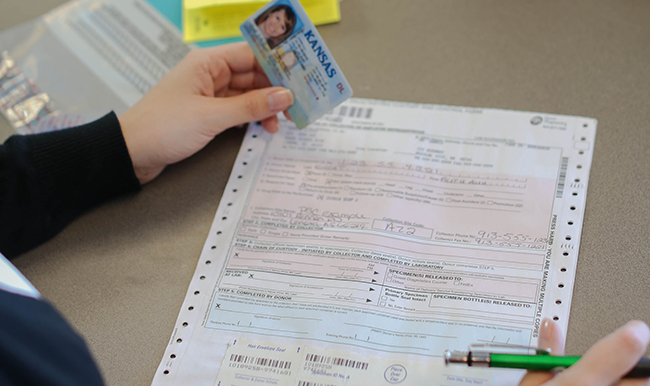






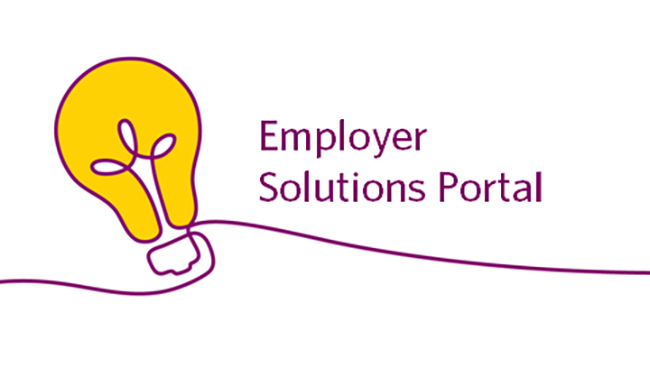






Week #8
Our employer customers perform drug tests for a variety of reasons. But there is a segment of employers who perform drug testing because they are required to do so. We call this Department of Transportation (DOT) drug testing.
In last week’s article, I pointed out how the DOT establishes the rules and regulations for all transportation workers and requires that all safety-sensitive employees be tested for drugs of abuse. Under the DOT, there are a number of operating agencies whose mission it is to ensure the safety of the transportation system in the United States. These include:
Any transportation worker, classified as “safety-sensitive”, is subject to drug and alcohol testing. Some of these safety-sensitive positions include: truck, train and bus drivers, drivers transporting hazardous materials, airline pilots, and flight attendants. All safety-sensitive transportation workers are required to have a drug test for:
Only laboratories certified by the Substance Abuse Mental Health Services Administration (SAMHSA) can test DOT specimens for drugs of abuse. Quest Diagnostics owns four of these laboratories located in Kansas, Pennsylvania, California, and Georgia.
For more information about drug testing, visit our website.
As a new employee at Quest Diagnostics, there’s hardly a day that goes by that I don’t learn something new about the world of drug testing. Like some of you, I have a lot to learn about the industry. During my first year of employment, I’m going to write this weekly column highlighting drug testing procedures, products and processes as I discover them. To learn more about my journey, you can read my introductory post.